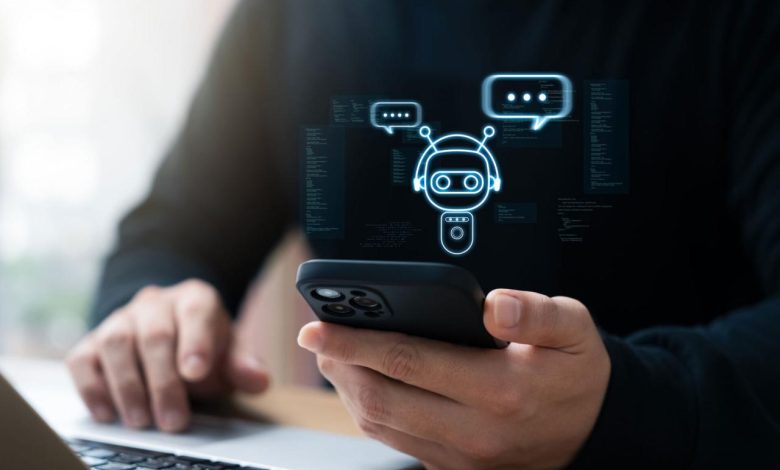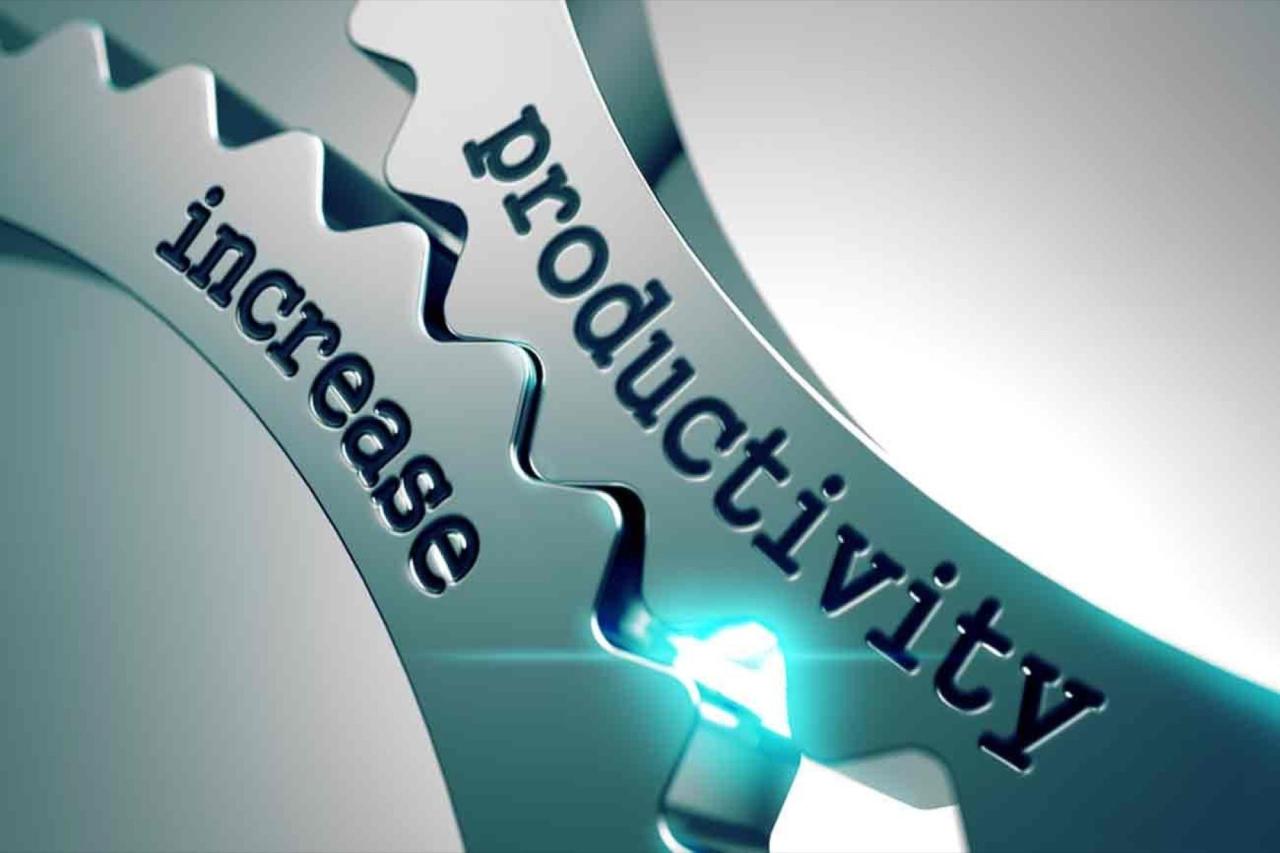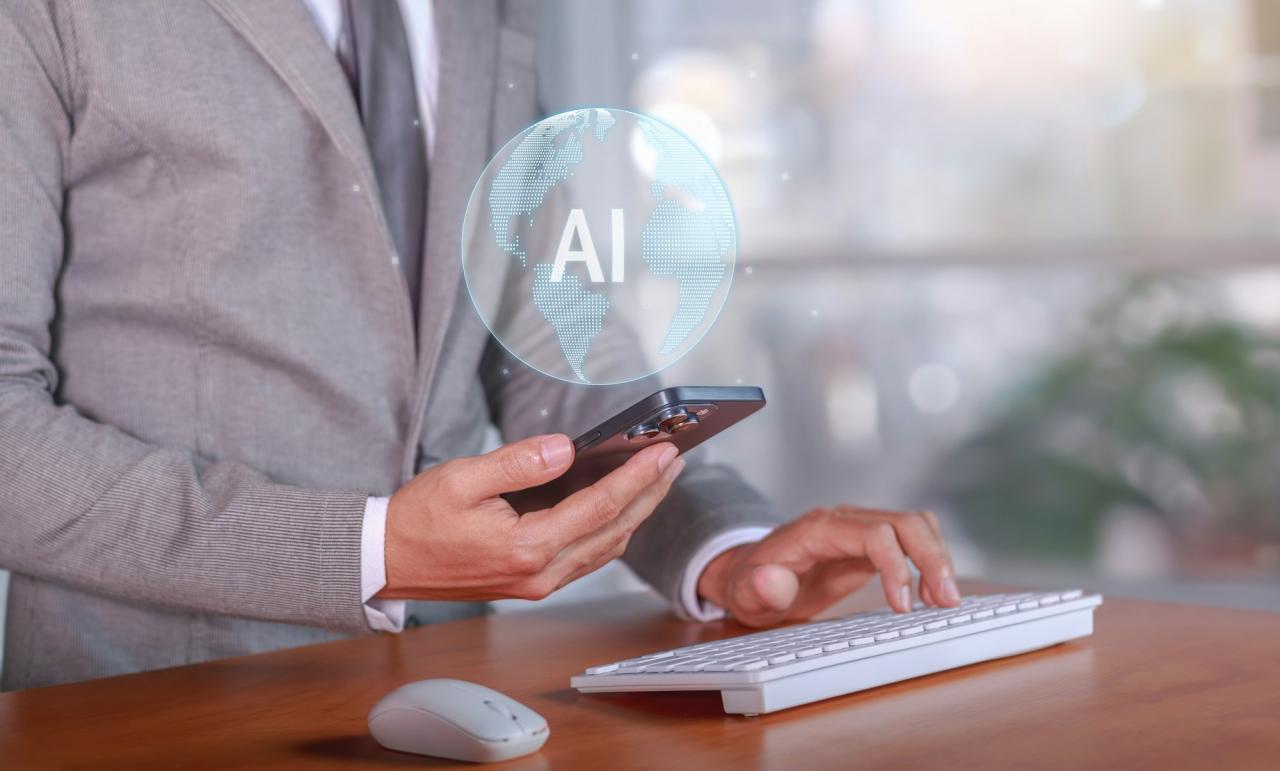Productive AI’s Future: Work Evolved

The landscape of work, once defined by manual labor and then by information processing, is undergoing its most profound transformation yet, driven by the relentless advancement of Artificial Intelligence (AI). What began as a tool for automation and data analysis is rapidly evolving into a pervasive, intelligent partner capable of augmenting human capabilities across every conceivable domain. We are moving beyond simple AI assistants to an era where Productive AI’s future promises to fundamentally redefine efficiency, creativity, and the very essence of human contribution.
This isn’t merely about doing existing tasks faster; it’s about unlocking entirely new modes of operation, enabling unprecedented levels of innovation, and liberating human potential from the mundane. As AI becomes more sophisticated—with enhanced reasoning, predictive analytics, and adaptive learning capabilities—its role will shift from merely assisting to truly collaborating, even initiating, complex workflows. This evolution will not only streamline individual tasks but will also reshape organizational structures, foster new industries, and challenge our traditional notions of skill, knowledge, and value.
This comprehensive guide will delve deep into the projected trajectory of Productive AI, exploring the key technological advancements, the emerging applications that will revolutionize daily work, and the strategic implications for individuals, businesses, and society at large. We will examine how AI will move beyond current capabilities to become an indispensable, intelligent layer across all professional activities. By the end of this article, you will gain a forward-looking perspective on how to prepare for, leverage, and thrive in a future where Productive AI is not just a tool, but a core component of evolved work.
Current State and Imminent Evolution
To understand the future, we must first appreciate the present capabilities of productive AI and the immediate advancements on the horizon.
A. Current Capabilities
Today’s productive AI primarily excels in:
- A. Repetitive Task Automation: Handling data entry, scheduling, customer service inquiries via chatbots, and basic report generation.
- B. Information Synthesis: Summarizing documents, curating personalized content feeds, and extracting key data points from large datasets.
- C. Assisted Creation: Providing grammar/style checks, suggesting code snippets, and generating initial drafts of text or images.
- D. Predictive Analytics: Forecasting trends, identifying potential risks, and optimizing resource allocation in controlled environments.
B. Imminent Evolution: Advanced Reasoning and Contextual Understanding
The next 1-3 years will see significant leaps in:
- A. Enhanced Natural Language Understanding (NLU) and Generation (NLG): AI will become much better at understanding nuance, context, and intent in human language, leading to more natural and effective communication, and more coherent, high-quality content generation.
- B. Multimodal AI: AI systems will seamlessly process and generate information across various modalities—text, image, audio, video—enabling richer interactions and more comprehensive understanding.
- C. Increased Personalization and Adaptability: AI will learn individual user preferences and work styles with greater precision, adapting its assistance to become hyper-personalized and proactive without explicit instruction.
- D. Better Integration and Interoperability: AI will become more adept at connecting disparate software systems, allowing for end-to-end automation of complex workflows that span multiple applications.
How Productive AI Will Reshape Work
The future of productive AI will move beyond simple task execution to more complex, strategic, and collaborative roles.
A. Hyper-Personalized Productivity Co-Pilots
Imagine an AI that knows your work habits, preferences, and goals intimately.
- A. Proactive Workflow Management: AI will not just remind you of tasks but will proactively analyze your calendar, task list, and current projects to suggest the most impactful next action, automatically open necessary files, and even initiate communication.
- B. Contextual Information Delivery: As you work, AI will anticipate your information needs, fetching relevant data, research papers, or internal documents before you even realize you need them.
- C. Intelligent Meeting Orchestration: Beyond scheduling, AI will prepare meeting agendas, summarize pre-read materials, suggest discussion points, identify potential roadblocks, and generate post-meeting action plans with assigned owners.
B. Automated Creative and Strategic Partners
AI will move into domains traditionally considered exclusive to human creativity and strategy.
- A. Idea Generation and Brainstorming: AI will serve as a dynamic brainstorming partner, generating novel ideas, exploring diverse perspectives, and identifying unexplored angles based on vast knowledge bases.
- B. Complex Problem Solving: For intricate business challenges, AI will analyze multiple variables, simulate outcomes, and present optimized solutions, acting as a powerful strategic consultant.
- C. Advanced Content Creation: AI will be capable of generating full-length articles, marketing campaigns, legal briefs, or even complex code, requiring human oversight for refinement and ethical alignment, rather than starting from scratch.
- D. Personalized Skill Development: AI will continually analyze your work output, identify skill gaps, and custom-design learning modules or recommend resources for continuous professional development.
C. Seamless Integration with Physical and Digital Environments
The distinction between digital and physical AI assistance will blur.
- A. Smart Workspace Optimization: AI-powered sensors and systems will dynamically adjust lighting, temperature, and even noise cancellation in your physical workspace based on your activity and preferences to optimize focus.
- B. Augmented Reality (AR) Assisted Workflows: AI integrated with AR glasses will overlay real-time information onto your physical environment, providing interactive guides for complex tasks, data visualizations, or instant recognition of objects/people.
- C. Robotics and Physical Automation: Collaborative robots (cobots) will work alongside humans in manufacturing, logistics, and even office settings, handling physical repetitive tasks while humans focus on oversight and problem-solving.
D. Predictive Health and Well-being Management
AI will contribute to sustained human productivity by optimizing personal well-being.
- A. Proactive Burnout Prevention: AI will monitor work patterns, stress indicators (via wearables), and schedule data to suggest timely breaks, mindfulness exercises, or workload adjustments to prevent burnout.
- B. Personalized Wellness Coaching: AI will offer tailored advice on sleep, nutrition, and exercise, optimizing physical and mental health to support peak cognitive performance.
Strategic Implications and Preparation for the Future

Navigating the future of productive AI requires foresight and a proactive approach from individuals and organizations alike.
A. For Individuals
The nature of valuable skills will shift.
- A. Meta-Cognitive Skills: The ability to learn, unlearn, and relearn; critical thinking; creativity; and problem-solving will be paramount. AI can handle facts; humans must handle wisdom.
- B. AI Literacy and Prompt Engineering: Understanding how AI systems work, how to effectively communicate with them (prompt engineering), and how to interpret their outputs will be crucial.
- C. Human-Centric Skills: Empathy, emotional intelligence, collaboration, ethical reasoning, and leadership will be more valuable than ever, as AI automates routine cognitive tasks.
- D. Adaptability and Resilience: The pace of change will accelerate, requiring individuals to be highly adaptable and resilient to new tools and workflows.
B. For Businesses
Organizations must embrace AI as a strategic imperative.
- A. “AI-First” Mindset: Integrate AI into core business processes and strategic planning from the outset, rather than as an afterthought.
- B. Upskilling and Reskilling Workforce: Invest heavily in training employees to work with AI, focusing on human-AI collaboration and new AI-driven roles.
- C. Ethical AI Governance: Establish clear ethical guidelines and frameworks for AI development and deployment to ensure fairness, transparency, and accountability.
- D. Focus on Human-AI Synergy: Design workflows where humans and AI play complementary roles, each leveraging their unique strengths for optimal outcomes. This is not about replacing humans but augmenting them.
- E. Agile Experimentation: Businesses must adopt an agile approach to AI implementation, experimenting with new tools, measuring their impact, and iterating rapidly.
C. Societal Considerations
Broader challenges require collective effort.
- A. Addressing Job Displacement: Proactive policies for universal basic income, retraining programs, and new economic models may be necessary to mitigate potential job displacement in certain sectors.
- B. Ensuring Equitable Access: Guard against a “digital divide” where only privileged individuals or organizations benefit from advanced AI productivity tools.
- C. Regulating AI Safely: Develop robust regulatory frameworks to ensure AI is developed and used responsibly, addressing issues like bias, privacy, and accountability.
Conclusion
The future of productive AI is not merely an extension of our current technological capabilities; it represents a profound evolution in how work is conceived, executed, and experienced. We stand on the precipice of an era where Artificial Intelligence will transition from being a helpful tool to an integral, intelligent co-architect of our daily endeavors. This transformation will liberate human potential from the incessant churn of repetitive tasks, ushering in a new age where efficiency is embedded, creativity is amplified, and strategic thought becomes the cornerstone of every professional role.
By embracing hyper-personalized AI co-pilots, leveraging automated creative partners, and integrating AI seamlessly into both physical and digital environments, we will witness an unprecedented streamlining of workflows. The demands on human workers will shift, emphasizing uniquely human skills such as critical thinking, emotional intelligence, and complex problem-solving, while AI handles the computational heavy lifting. This symbiotic relationship between human and machine intelligence promises not just incremental gains but exponential leaps in productivity and innovation across every sector.
However, realizing this enlightened future demands proactive engagement. Individuals must cultivate an “AI-literate” mindset, continuously adapt their skill sets, and embrace a lifelong learning ethos. Businesses must adopt an “AI-first” strategic vision, invest in reskilling their workforce, and establish robust ethical governance frameworks. On a societal level, we must collectively address the profound implications of AI—from potential job displacement to ensuring equitable access and responsible regulation—to build a future that is both efficient and profoundly human. The ultimate promise of productive AI is not just about doing more, but about doing what truly matters, better and with greater impact, forging a future where work is not just productive, but deeply purposeful and perpetually evolved.




